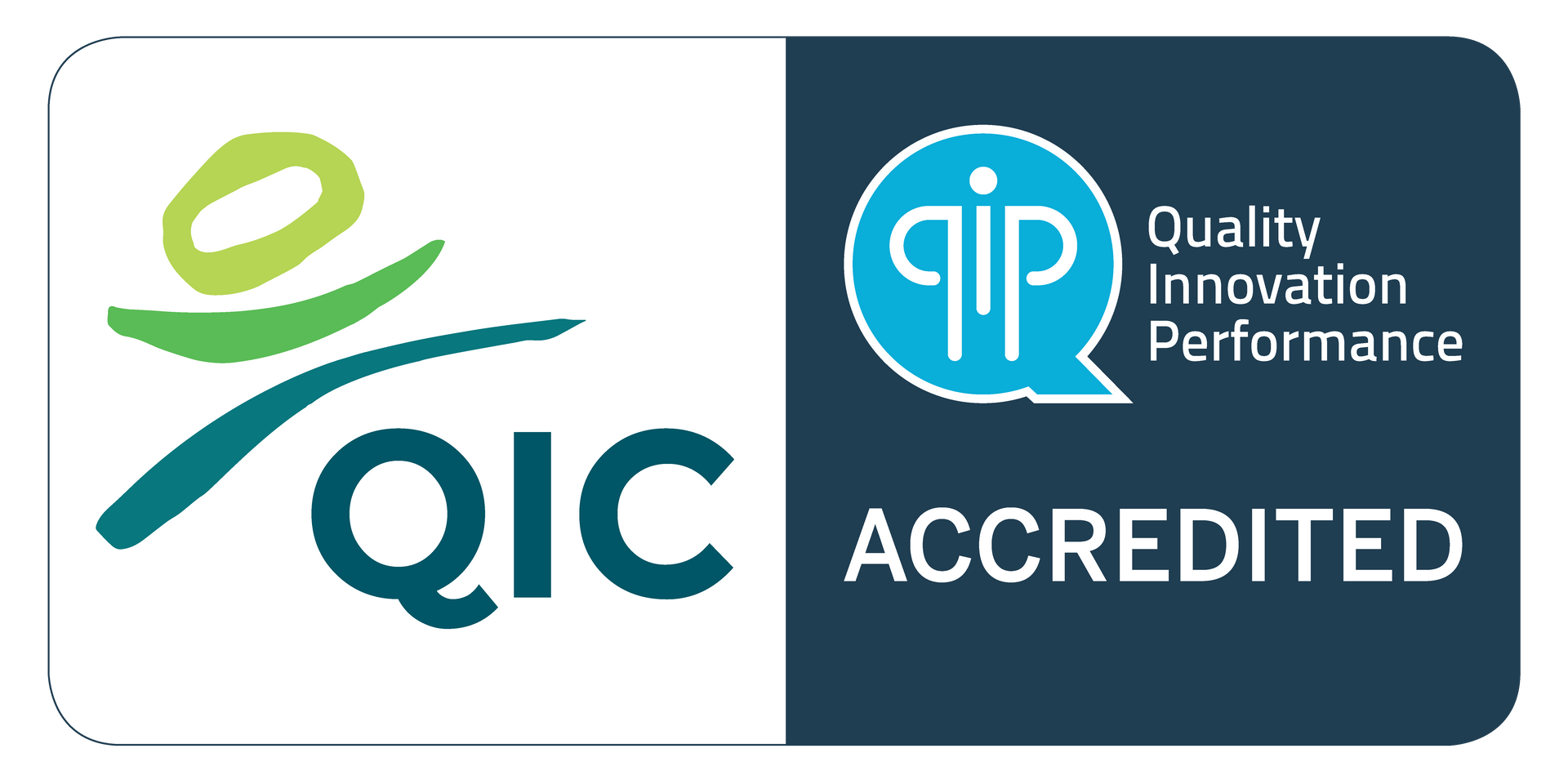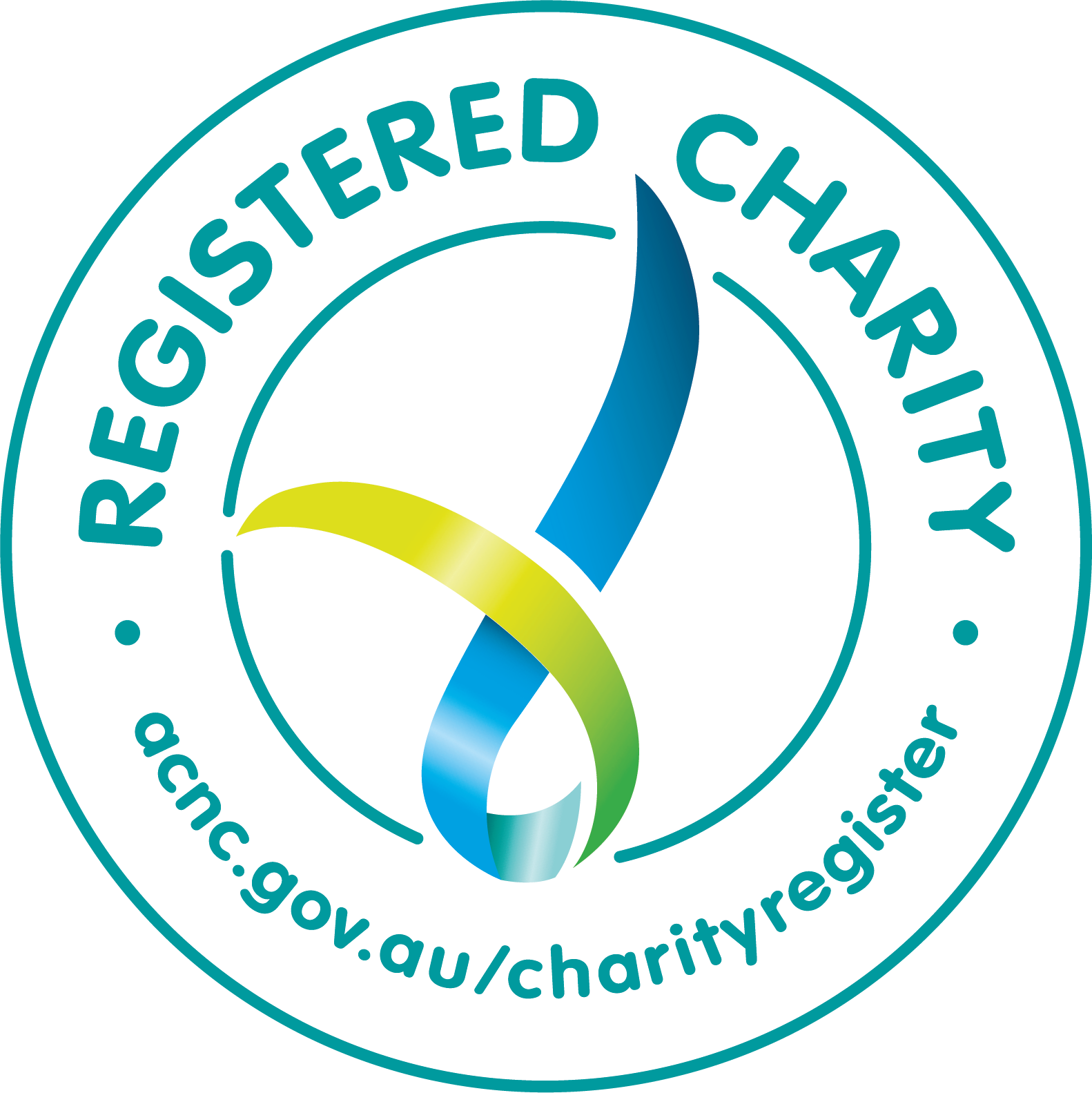Understanding the therapeutic community approach
Learn how Banyan House’s community-driven model supports lasting recovery.
What is the Therapeutic Community?
Banyan House follows the therapeutic community (TC) approach to alcohol and drug rehabilitation, which focuses on fostering personal growth through a community-based method. As outlined by De Leon (1995; 2000), "In therapeutic communities, client progress and eventual stable recovery involves multidimensional changes in terms of lifestyle and personal identity."
This approach views treatment as a holistic process, addressing various dimensions of a person’s life to support total recovery. The goal is to help individuals make changes across key areas that will lead to a healthier, more fulfilling lifestyle
Below are the key domains involved in the recovery process, along with examples of lifestyle and identity shifts:
Aspect
Domain
Example
Maturity, Responsibility
Developmental
"I regularly meet my obligations and responsibilities."
Lifestyle, Work attitude
Socialisation
"I still have attitudes and behaviours associated with the drug/criminal lifestyle."
Cognitive skills, Emotional skills, Self-esteem
Psychological
"I can identify my feelings and express them appropriately."
Program rules, Community engagement, Role model
Community
"I understand and accept the program’s rules, philosophy, and structure."
In the TC model, recovery is viewed as a social psychological process. It’s defined as “community as method,” meaning that the peer community plays an essential role in facilitating developmental, social, and psychological change. This is achieved through engaging in program activities such as group meetings, seminars, workshops, privileges, work assignments, and relationship-building with both peers and staff. These interactions are designed to encourage cognitive, behavioural, and attitudinal shifts in clients.
The method also involves the community’s expectations and responses to an individual’s participation in the program. Change is maximised when a person fully engages in all aspects of the program, immersing themselves in both activities and social roles. This total participation is critical for progress and helps drive changes across the different domains of recovery.




